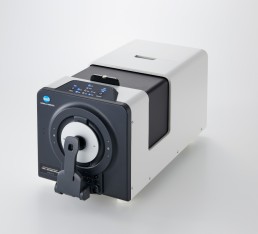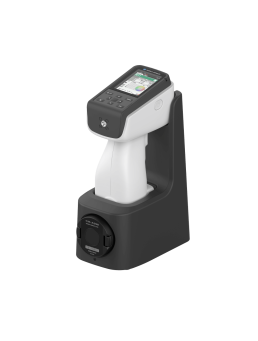The Importance of Color Consistency In Cosmetics
Color theory is important in makeup. In cosmetics, we see and are concerned with the four parts of color theory. Pigment is in all forms of makeup to create the desired color. A common three-dimensional representation of color include the hue, Chroma and value. By creating scales for hue, lightness, and saturation, we can measure color numerically. In the Munsell Renotation System, any given color is expressed as a letter/number combination (H V/C) in terms of its hue (H), value (V), and chroma (C) as visually evaluated using the Munsell Color Charts. Other methods for expressing color numerically were developed by the Commission Internationale de l’Eclairage (CIE). The two most widely known of these methods are the Yxy color space, devised in 1931 based on the tristimulus values XYZ defined by CIE, and the L*a*b* color space, devised in 1976 to provide more uniform color differences in relation to visual differences.
Cosmetics come in hundreds of different colors and shades so it is important that cosmetics manufactures can create reproducible and accurate color recipes. However, the color and consistency of makeup is from a combination of many specific ingredients. These include coloring agents, bulking agents, bases, sunscreens and additives. The coloring agents come from three main sources: mineral, plant and animal. If you want rosy cheeks, you will often find beet powder in blushes. Materials that people would not expect to find in cosmetics like minerals such as coal tar, aluminum powder and iron oxide are in all sorts of cosmetics, especially the funky metallic colors we love so much.
Everything can influence color formulation, especially when using organic materials that will have different colors from batch to batch. More accurate recipe predictions will result in significant cost savings, which will reduce R&D and production costs by minimizing the use of expensive colorants when attempting to formulate recipes. When developing a recipe, you need to measure the color for every ingredient in the recipe. To measure color you need to use an instrument to create a quantifiable numeric value. Sphere-based spectrophotometric technology, found in instruments like CM-5 spectrophotometer, are the best way to ensure colors are within the acceptable tolerance.
Color measurements are only as accurate as the instruments used to make them. Konica Minolta is an industry leader in top-of-the-line color measurement instruments like the CM-5, the CM-17d, and the CM-3700A Plus capable of providing accurate color measurement data for manufacturing applications within the cosmetic industry, keeping cosmetics consumers looking their best.










